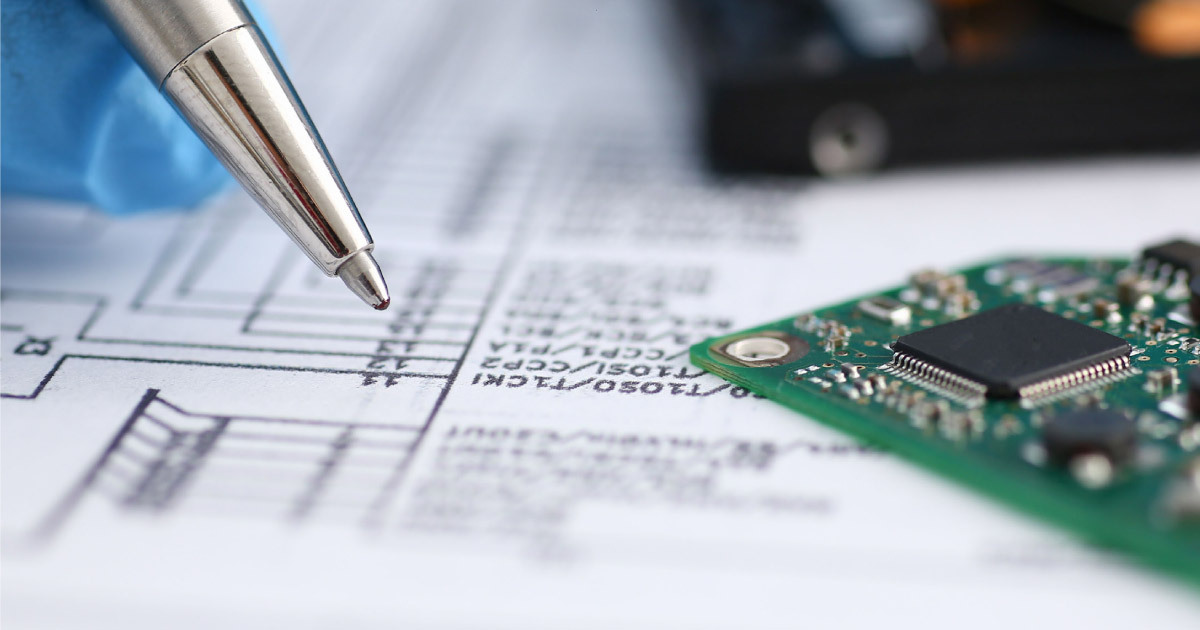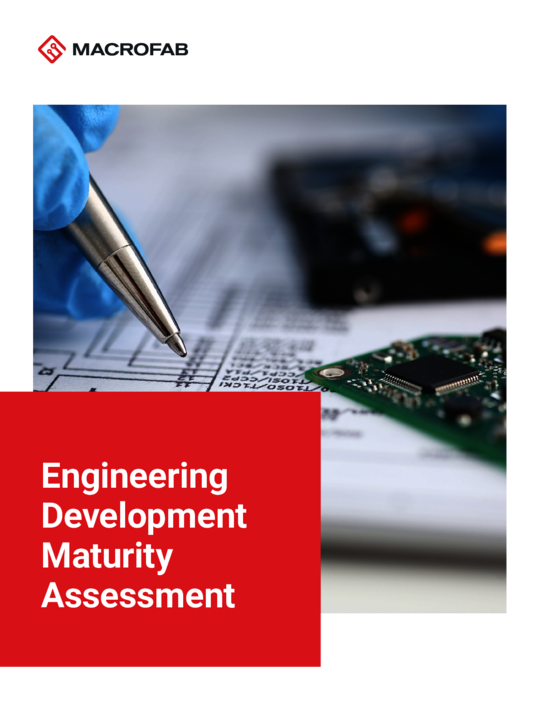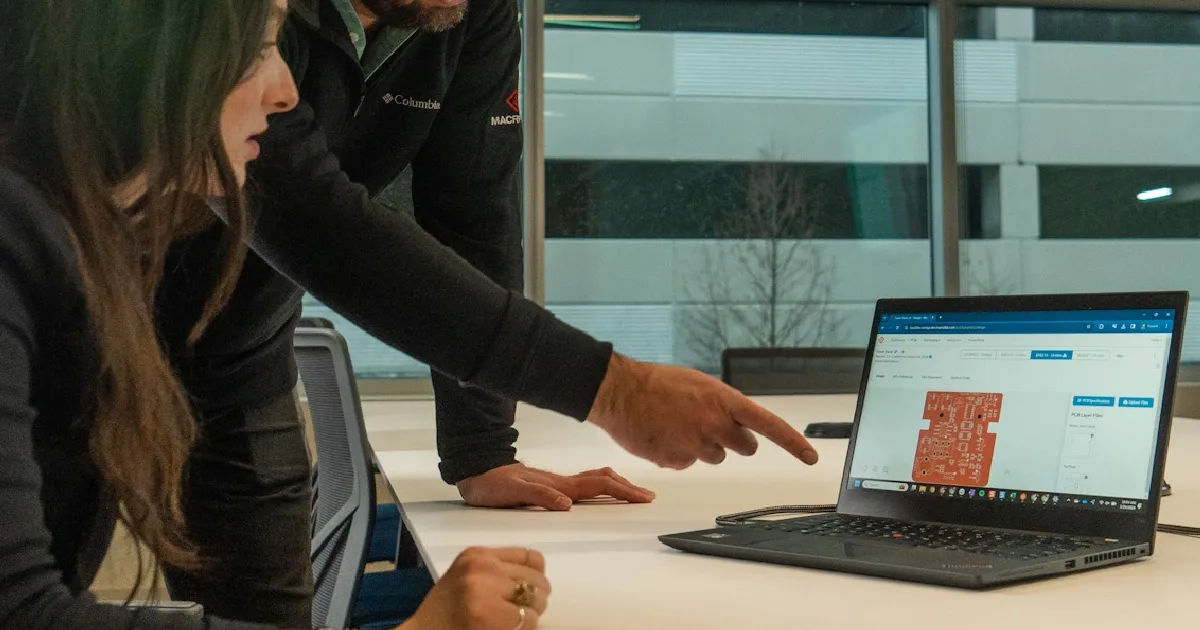Are You Ready For PCBA Fabrication?
Whenever embarking on a new project, it is essential to minimize risk. In order to develop a new system, critical milestones must be achieved at every stage, from the concept to the engineering prototype to the first build.
A successful engineering development maturity assessment assesses design viability and manufacturing readiness. The goal of this process is to verify that the planning yields and factory processes are capable of supporting your product throughout its entire production lifecycle. We hope this white paper will assist you in the following ways:
- Learn how to balance breakthrough performance with risk
- Identify basic stakeholder traceability needs for design intent and purpose
- Make the most of your NPI through a properly-timed DFM review
- Discover reliability stressors suggested for qualification builds
- Improve end results by establishing final design testing requirements and limitations
Register to Download
To download this document, please complete the form below.
What It Is
A method for assessing the product and production potential.
Who It's For
Engineers
How To Use It
Identify the viability and manufacturability of your electronics products to improve their success rate




